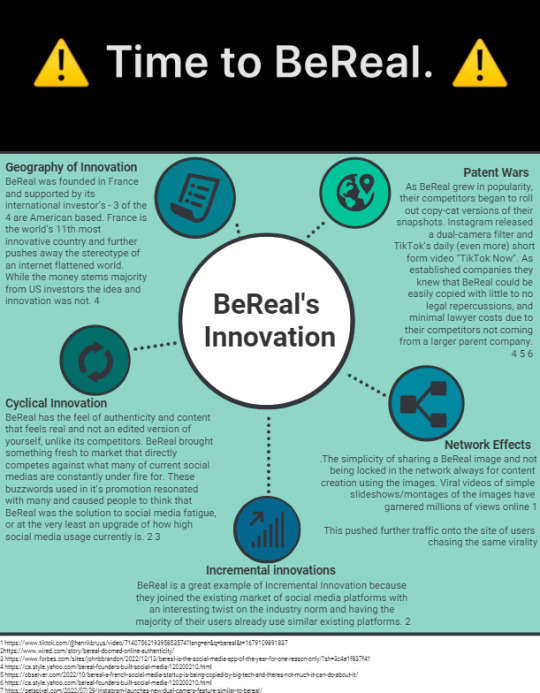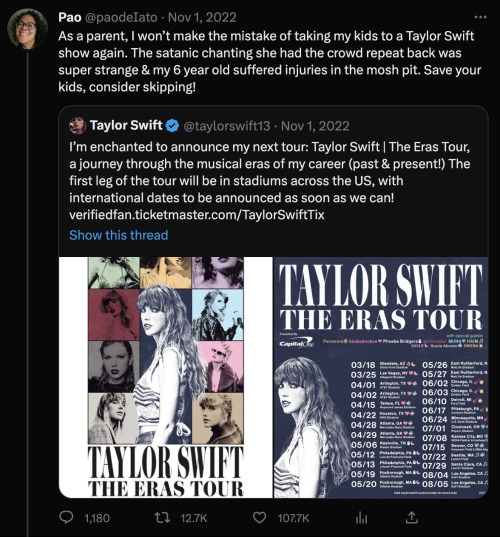Don't wanna be here? Send us removal request.
Text
Don't Doubt Your Debt
Struggling to manage personal finances? Unsure of how to pay off your debts? Save up for expenses? Worry no more! Using AI, input all of your existing financial data (expenses, debts and income, etc.) and the machine will analyze the data and return with the best case scenario to leverage your income into the perfect savings/expense/debt pay ratio.
Providing the machine with as much data as possible regarding your financial information will allow it to forecast trends in your financial situation and make the best recommendation. Comparing the interest rates of millions of other users, the type of debt, and all of its terms the AI can make an informed decision.
Using encrypted information from other users it will learn how applying the recommended ratios affected the users financial status and rate whether or not the user is in a better financial state that before or not and make further recommendations based off of what it's learned. Streamlining paying bills and moving money through accounts will save users time each month. Using Machine learning the AI can track changes in users financial states based off of their actions and analyze what actions had what repercussions. If it recognizes similar actions from other successful users it will recommend you follow the same.
Allowing the AI system to integrate with the banks/institutions directly will allow the recommendations to be automated and require no human input – imagine fully automating all of your financial tasks? No more wondering if you paid the bill on time? If you're saving up enough? If your debts are racking up too much interest? A thing of the past!
There is a perfect way to bank, and AI is it.
0 notes
Text

0 notes
Text
CyberTraining CyberSecurity

Working at a SaaS company that handles user data I often encounter many types of malicious attempts to get this data. Our work does deep training on Phishing and Smishing that I found this training to be entirely accurate to what I've already learned about InfoSec.
I enjoyed the password modules as it forced me to realize just how easy it is to brute force guess a password if it's too simple. I was happy to learn more about cyber attacks using social engineering like the phone calls that pressure you into sharing private information or strangers in the office using pity to use a USB to get into the system. These are the type of cybercrime we rarely hear about as regular internet users since we are not often as big of a target as large corporations.
I was shocked at the plot twist of Jamie being the one causing the cyber attacks because it made me realize how easy it would be to break past a company's firewall with a single employee.
Data is so important and it is the corporations responsibility to update and maintain their system so as to protect it.
0 notes
Text
Misinformation Information
misinformation: refers to false information that is disseminated in good faith
Republican state Sen. Bruce Bostelman of Nebraska fell victim to a hoax circulating the internet regarding teenage furries using litter boxes in schools. He decided to continue to spread this misinformation at a televised event, without providing any sort of proof, only hearsay. As a high ranking politician with this amount of reach and power he should have fact-checked the claims before continuing to spread the misinformation. His speech is the misinformation in this case. When researching for information on these claims online you would find mostly just unverified strangers on the internet putting it onto social media with no sources to backup their claims
youtube
mal-information: refers to information that is disseminated with the intent of doing harm
Since the tragic earthquake in Turkey, many people have stepped up in donating funds to support those who have been affected. Unfortunately, many people try to take advantage of others’ kindness and set up fake donation links that will only benefit themselves. BBC News has outlines some examples of scammers trying to play at people’s emotions and asking for donations. One of the example accounts @TurkeyRelief, is a good example of how to find if the account is legitimate. The account itself was created in January 2023, only has 31 followers, and at the time of making this, less than 100 tweets (all asking for donations). Another hint is that the redirects take you to a personal Paypal page and also request payments in cryptocurrencies, a humanitarian relief fund would never do either of these.

disinformation: is false information circulated with the intent of doing harm
When Taylor Swift announced her Eras Tour the demand and media attention was so immense her long-time fans began to panic about not getting a chance to get tickets. Some fans began to spread negative rumours about her in an attempt to sway casual fans away from supporting her on tour. These tweets generated thousands of retweets from other Taylor fans hoping it may actually work in lowering the demand. A quick fact check, and google search will show no proof to support any of these claims. Particularly, searching the second cannibal related tweet on twitter or google will show you several examples of this exact text copied and pasted being used for other celebrities for the same cause - to lower demand.

0 notes
Text
Lost Track of Time Tracking These Trackers
*Submitted late for no marks
Although I tracked these earlier this week, I’ve unfortunately lost track of time getting the submission in. The highest # of trackers on a single page came from Marca.com, a Spanish sports journal, with 185 trackers! The least amount was surprisingly, ThePirateBay.org, the website I chose expecting to see insane amounts of trackers, considering it’s an illegal torrenting website.
Shocked and surprised. Results below.
Marca.com
- 185 total: 179 google, 5 fb

thepiratebay.org
- 16 total

Best Buy
- 118 trackers

Nadare Co
- 26 trackers

Expedia
- 70 trackers

Toronto Metropolitan University
- 34 trackers

0 notes
Text
Social Media Outlaws
In general, best practice for how one presents themselves on social media to be authentic – that’s what we’re told anyways. In reality, most of social media is incredibly inauthentic, highlight reels and sneak peeks. Those with large followings or influence, likely feel the pressure to provide high quality on going content that still feels relatable or ‘real’ to the general audience.
Kris Jenner, a notable reality TV star, is often called out on her constant retouching of photos. In a particular incident, Kris posted a photo of herself with famous chef Gordon Ramsey that was highly retouched. While Kris looks no different than in her regular images (since they’re all retouched as well) fans can’t help but notice just how smooth Gordon’s face is. This is an example that while the poster (Kris) does not follow social media precepts, it has created a viral moment which drove audiences to interact with her social medias, thus achieving the goal in the end.

(Kris Jenner @krisjenner, Instagram, Dec 20 2014)
These precepts are a little different when it comes to Corporate social media accounts. The expectation is for the corporate account to be professional and represent the brand through appropriate interactions and related content. The Wendy’s US twitter account is most definitely the exception. By breaking out of the expectation to be a neutral inoffensive corporate account, Wendy’s has created a new wave of “Quirky Brand” accounts. The majority of their tweets use memes and internet slang to target the typical twitter user. The tweet below calls out to the expectation of social media managers to keep up with trends and to include them in their content.

(Wendy’s @Wendys, Twitter, Oct 4 2022)
Wendy’s Twitter account refuses to be boring and accept the boundaries placed by an arbitrary social netiquette. They’ve given the brand a personality and it works.
Both of these examples show just how lawless the social media landscape is at the moment, the rules are unimportant and the algorithm doesn’t always benefit those who follow them.
0 notes
